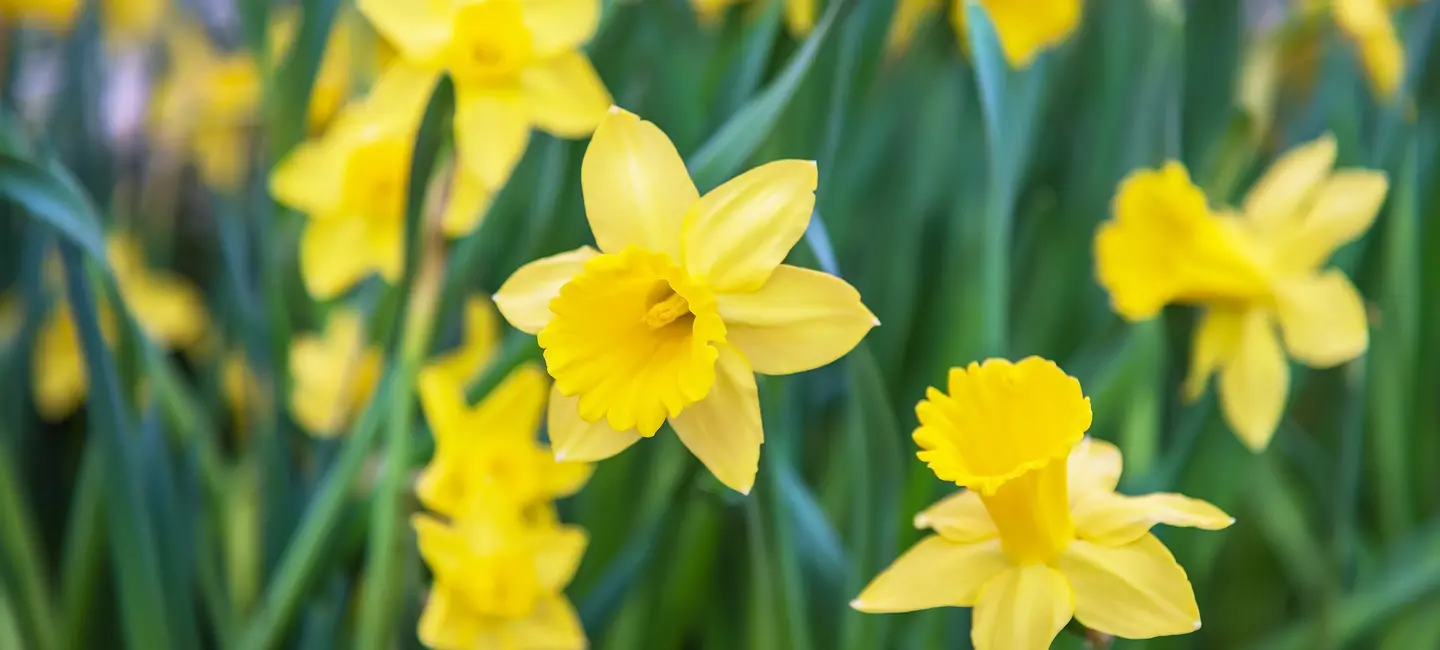
Daffodil (Narcissus pseudonarcissus) is a plant. All parts of the plant are poisonous. Don't confuse the bulbs with onion bulbs, or the stems with Chinese chives.
People use daffodil for asthma, joint pain, and wound healing but there is no good scientific evidence to support these uses. Daffodil is also unsafe.
Is It Effective?
There is interest in using daffodil for a number of purposes, but there isn't enough reliable information to say whether it might be helpful.
Is it Safe?
When taken by mouth: Daffodil is likely unsafe. All parts of the plant are poisonous. Daffodil can cause vomiting and diarrhea. Larger doses can cause more serious side effects. Some people have become seriously ill after confusing daffodil bulbs with onion bulbs, or the stems and leaves with Chinese chives.
When applied to the skin: Daffodil is possibly unsafe when applied to the skin. Handling daffodil plants or bulbs can cause severe skin irritation.
Special Precautions & Warnings:
Pregnancy and breast-feeding: Daffodil is likely unsafe when taken by mouth or applied to the skin while pregnant or breast-feeding. Stay on the safe side and avoid use.
It is not known if Daffodil interacts with any medicines. Before taking Daffodil, talk with your healthcare professional if you take any medications.
Calcium: Daffodil contains a chemical that can bind with calcium in the intestine. This might reduce the amount of calcium that the body absorbs from supplements.
Iron: Daffodil contains a chemical that can bind with iron in the intestine. This might reduce the amount of iron that the body absorbs from supplements.
Zinc: Daffodil contains a chemical that can bind with zinc in the intestine. This might reduce the amount of zinc that the body absorbs from supplements.
All parts of the daffodil plant are poisonous. Taking it by mouth or applying it to the skin can be unsafe. Consult a healthcare provider before using.
Coucou, Jeannette, Jonquille, Jonquille Sauvage, Lent Lily, Narciso, Narcisse Jaune, Narcisse des Prés, Narcisse Trompette, Narcissus, Narcissus pseudonarcissus, Paquette.
Information on this website is for informational use only and is not intended to replace professional medical advice, diagnosis, or treatment. While evidence-based, it is not guaranteed to be error-free and is not intended to meet any particular user’s needs or requirements or to cover all possible uses, safety concerns, interactions, outcomes, or adverse effects. Always check with your doctor or other medical professional before making healthcare decisions (including taking any medication) and do not delay or disregard seeking medical advice or treatment based on any information displayed on this website.
© TRC Healthcare 2024. All rights reserved. Use and/or distribution is permitted only pursuant to a valid license or other permission from TRC Healthcare.
